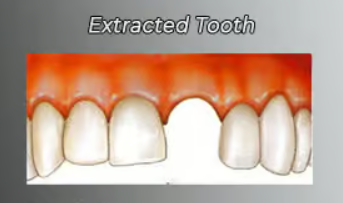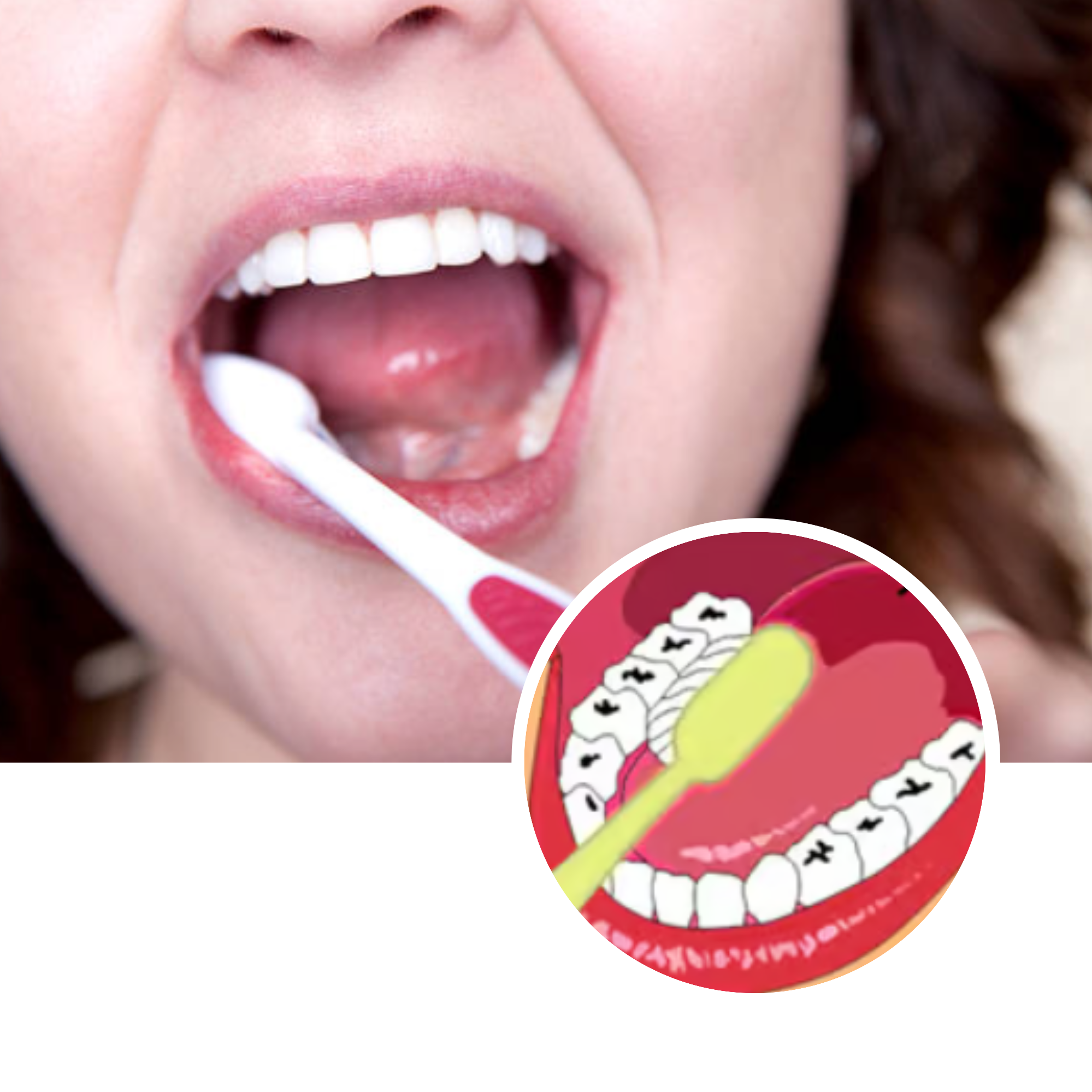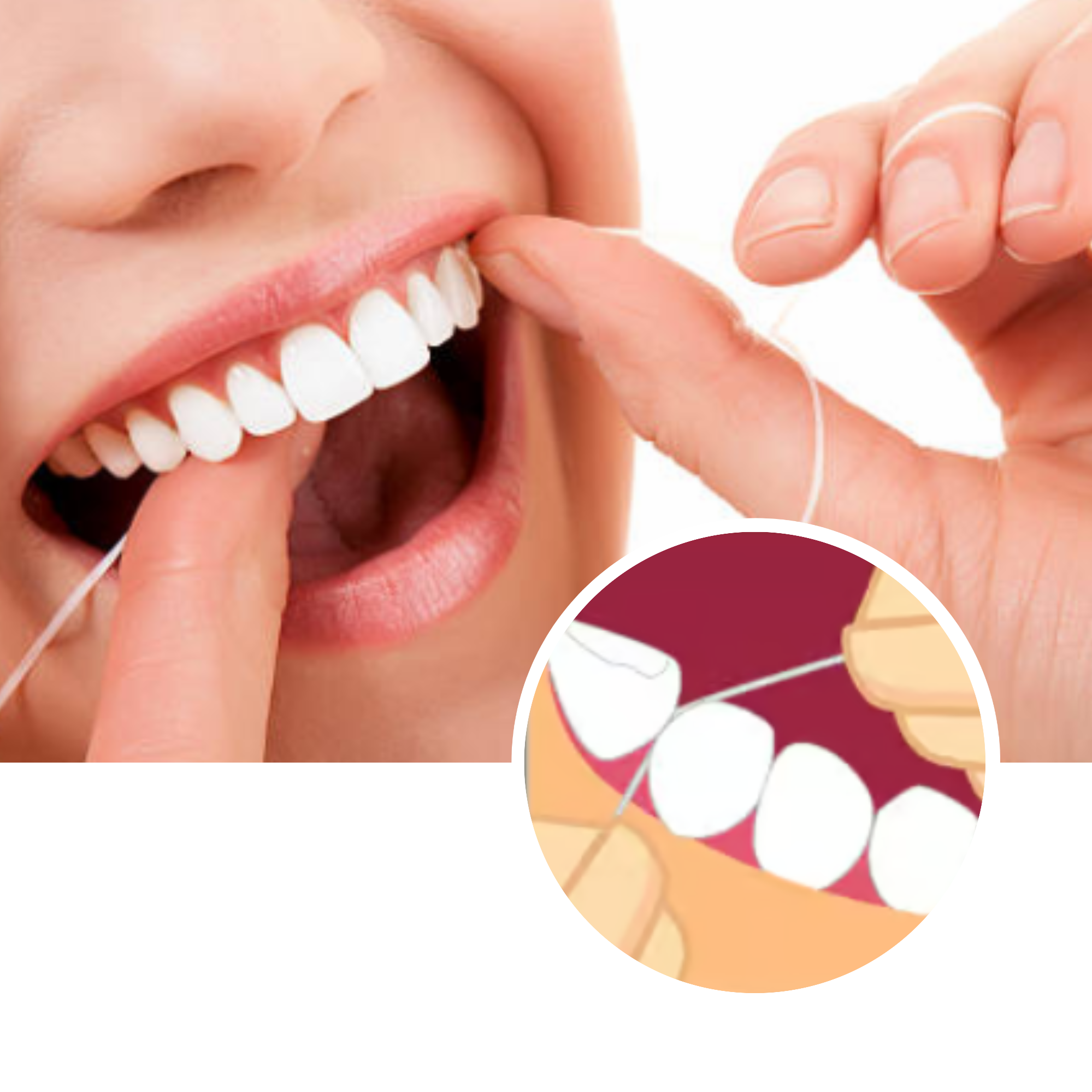Sachar Dental NYC
For SAME day / emergency appointments
Call (212) 752-1163
All the below content has been written by NYC Dentist, Dr. Sandip Sachar.
Post-Extraction Oral Care: How to Brush and Floss Safely
Ensuring Proper Oral Care After Tooth Extraction
Tooth extraction is a common dental procedure that can be necessary for various reasons, including severe decay, gum disease, or the need to make space for orthodontic treatment. While the procedure itself is relatively straightforward, the recovery process is crucial to ensure proper healing and prevent complications. One of the most important aspects of post-extraction care is maintaining good oral hygiene without disrupting the healing process. As a leading New York City dentist, Dr. Sachar and the expert team at Sachar Dental NYC are here to guide you on how to brush and floss properly after tooth extraction, ensuring a smooth recovery and long-term oral health.

Why Post-Extraction Oral Care Matters
After a tooth extraction, your body begins the healing process by forming a blood clot at the extraction site. This clot is essential for protecting the underlying bone and nerves and for preventing complications like dry socket, a painful condition that occurs when the clot is dislodged or does not form well. Proper brushing and flossing techniques are vital to maintaining oral hygiene while avoiding any disruption to the healing process. Neglecting oral care can lead to infection, delayed healing, and other complications.
The First 24 Hours: What to Avoid
In the first 24 hours following a tooth extraction, your focus should be on allowing the blood clot to form and stabilize. During this critical period, there are several important precautions to take:
- Avoid Brushing the Extraction Site: Refrain from brushing near the extraction site to prevent dislodging the blood clot. Focus on gently cleaning the surrounding teeth without disturbing the affected area.
- Do Not Rinse Your Mouth Vigorously: Rinsing vigorously can dislodge the blood clot. Instead, if you need to rinse, do so very gently with a mild saltwater solution.
- Skip the Flossing Near the Extraction Site: Avoid flossing near the extraction site during the first 24 hours to prevent irritation and disruption of the healing process.
- Avoid Smoking and Using Straws: Both smoking and using straws can create suction that dislodges the blood clot, leading to dry socket.
Brushing Techniques After Tooth Extraction
After the initial 24 hours have passed, you can resume brushing your teeth, but it is important to do so with extra care:
- Use a Soft-Bristled Toothbrush: A soft-bristled toothbrush is gentle on your gums and the extraction site. Brush your teeth with soft, circular motions, avoiding any aggressive scrubbing that could irritate the healing area.
- Be Mindful of the Extraction Site: When brushing, focus on the teeth that are away from the extraction site first. As you approach the area near the extraction site, use gentle, short strokes to avoid disturbing the blood clot.
- Avoid Direct Contact with the Extraction Site: While it is important to keep the area clean, you should avoid direct brushing of the extraction site for at least a week to allow the area to heal.
- Use a Toothpaste for Sensitive Teeth: Post-extraction, your teeth and gums may be more sensitive. Consider using a toothpaste formulated for sensitive teeth to minimize discomfort while brushing.
- Rinse with a Saltwater Solution: After brushing, rinse your mouth gently with a warm saltwater solution. This helps to keep the extraction site clean without the harshness of mouthwash, which can irritate the area.

Flossing After Tooth Extraction
Flossing remains an essential part of oral hygiene, even after a tooth extraction. However, you need to adjust your technique to protect the extraction site:
- Skip the Extraction Site Initially: In the first few days following the extraction, avoid flossing the teeth directly adjacent to the extraction site. Focus on flossing the other areas of your mouth to prevent plaque buildup.
- Use Gentle Motions: When you resume flossing near the extraction site, do so with gentle, slow motions to avoid aggravating the healing area. Carefully slide the floss between your teeth, being cautious not to snap it down into the gums.
- Consider Using a Water Flosser: A water flosser can be a gentle and effective alternative to traditional flossing, especially around sensitive areas. Use it on a low setting to gently clean around the extraction site without causing irritation.
- Monitor for Signs of Discomfort: If you experience any pain or discomfort while flossing near the extraction site, stop immediately and give the area more time to heal before attempting again.

Signs That Your Extraction Site Is Healing Properly
Proper oral hygiene after tooth extraction is crucial for preventing infection and ensuring that the extraction site heals correctly. Here are some signs that indicate your healing process is on track:
- Reduced Swelling: Swelling should gradually decrease within a few days after the extraction.
- Absence of Severe Pain: Mild discomfort is normal, but severe or worsening pain could be a sign of a complication like dry socket.
- Formation of New Tissue: After about a week, you may notice new gum tissue forming over the extraction site, indicating healthy healing.
- No Signs of Infection: If there is no pus, redness, or foul odor around the extraction site, it is a good sign that the area is healing well.
If you notice any unusual symptoms, such as severe pain, prolonged bleeding, or signs of infection, contact your dentist immediately for an evaluation.
Why Sachar Dental NYC is the Best Choice for Post-Extraction Care
At Sachar Dental NYC, Dr. Sachar and the expert team are dedicated to providing comprehensive care that extends beyond the extraction procedure itself. Here’s why Sachar Dental NYC is the top choice for patients in New York City:
- Expertise and Experience: Dr. Sachar and her skilled team prioritize the most conservative and least invasive methods. They take their time to avoid unnecessary tooth extractions, striving to preserve the tooth whenever possible. With extensive experience in performing tooth extractions, they provide patients with comprehensive post-extraction care instructions to ensure optimal recovery.
- Personalized Care: Every patient receives individualized care tailored to their needs and circumstances, ensuring a smooth recovery process.
- Patient-Centered Approach: The team at Sachar Dental NYC prioritizes patient comfort and safety, offering guidance and support throughout the healing process.
- Advanced Technology: Sachar Dental NYC uses state-of-the-art technology to perform extractions with precision, minimizing discomfort and promoting faster healing.
Care for Your Smile with Sachar Dental NYC
Proper oral hygiene is essential after tooth extraction to ensure a healthy recovery and long-term oral health. By following the tips outlined in this blog and consulting with Dr. Sachar, a top-rated dentist in New York City, you can maintain a clean and healthy mouth while your extraction site heals. If you have recently had a tooth extraction or are scheduled for one, trust the expert care provided by Sachar Dental NYC to guide you through the recovery process and help you achieve optimal oral health.
READ MORE about How to Properly Brush & Floss on our services page.
Sachar Dental NYC
20 East 46th Street
Rm 1301
(Between 5th Ave & Madison Ave)
New York, NY 10017
212-752-1163
https://www.sachardental.com
drsachar@sachardental.com